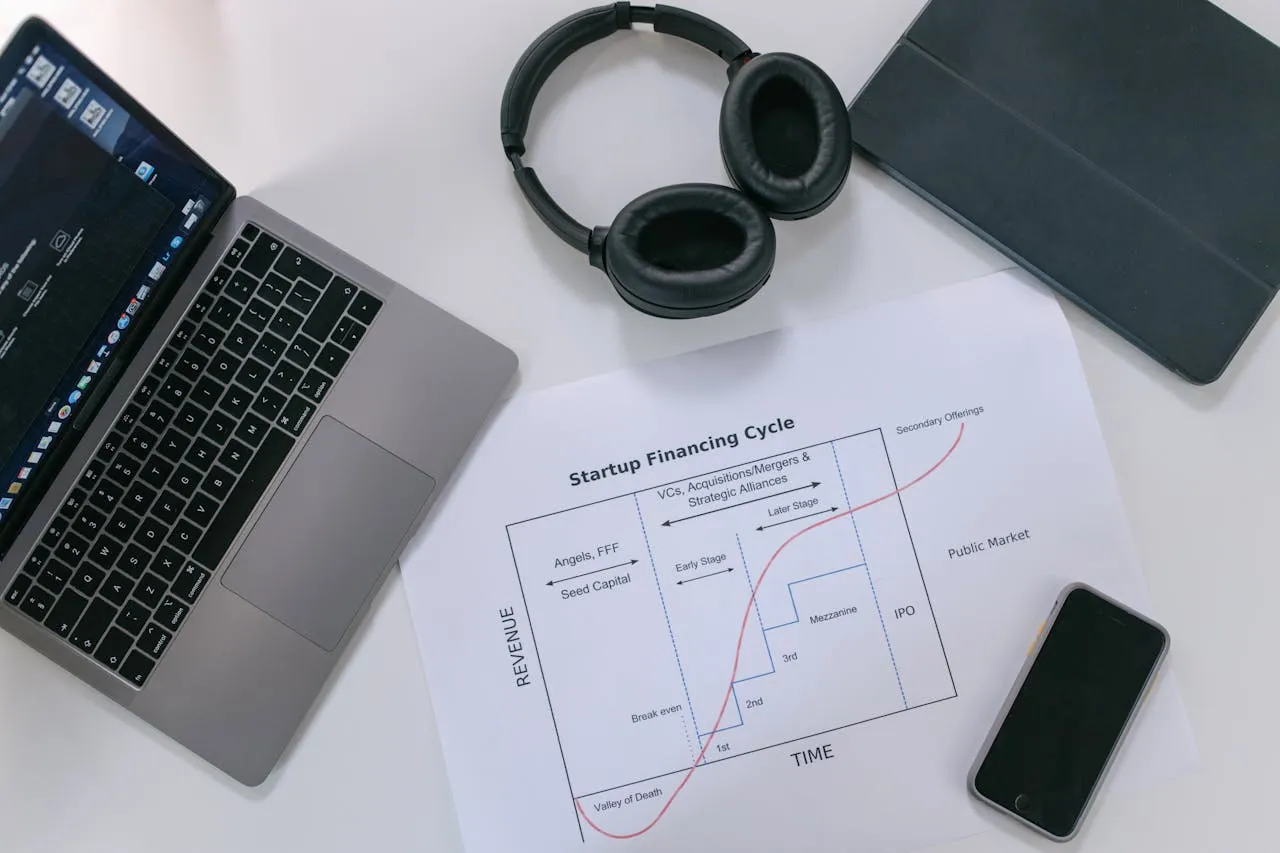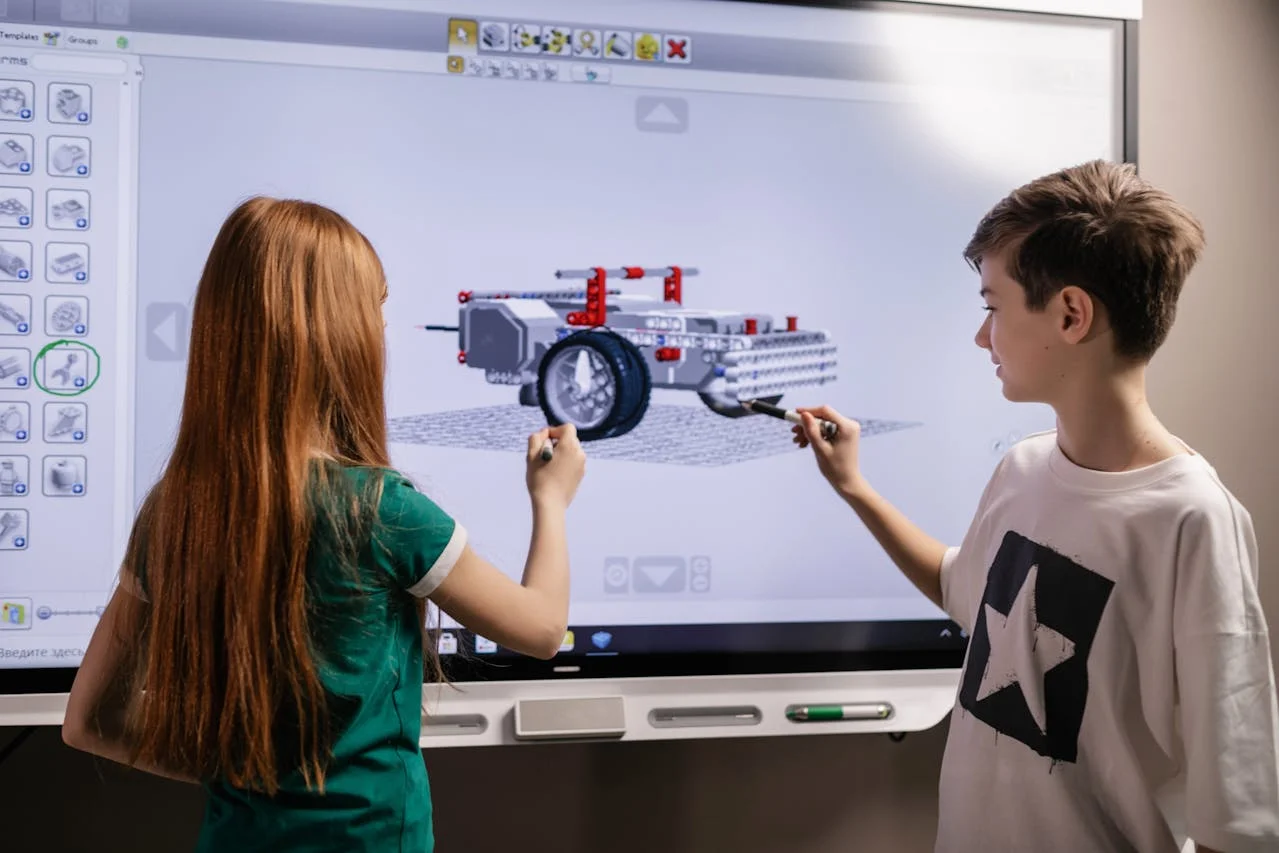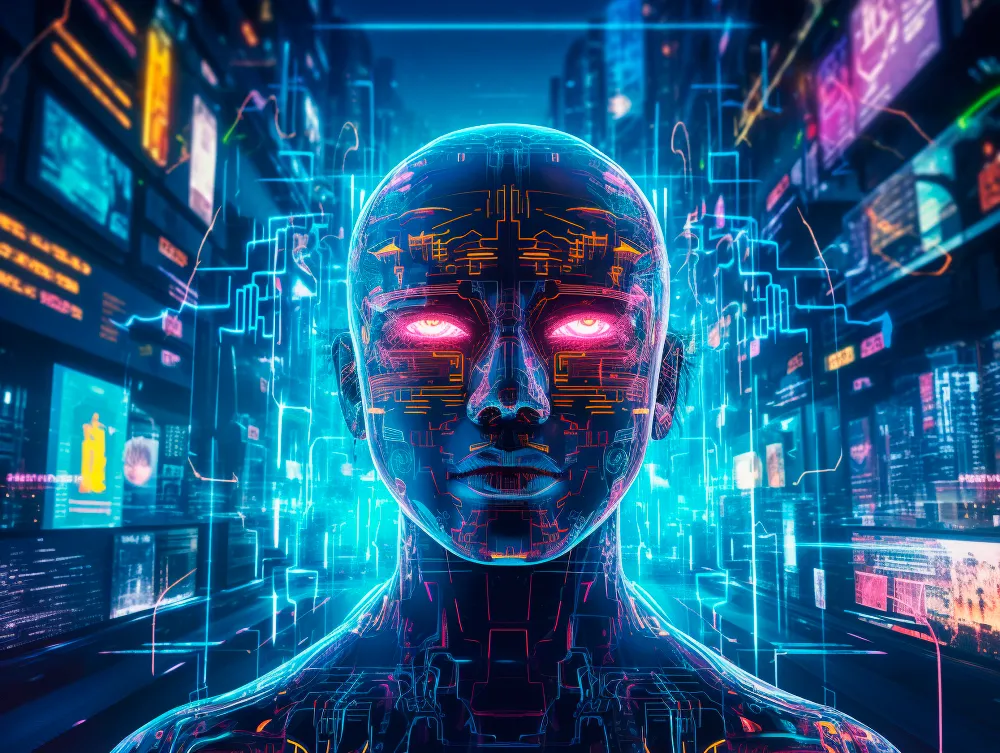Computing technology has become the backbone of modern society, driving progress and innovation across virtually every sector. From the earliest mechanical calculators to today’s advanced digital systems, computing continues to evolve and expand its impact. This blog post explores some of the key transformations in computing, their current applications, and the promising future developments that are poised to further shape our world.
The Evolution of Computing Technology
- From Mainframes to Minicomputers: In the early days of computing, mainframe computers dominated, occupying entire rooms and requiring specialized environments. These machines were used primarily by large institutions for complex calculations and data processing. The introduction of minicomputers in the 1960s marked a significant shift, making computing more accessible to smaller businesses and educational institutions. These smaller systems paved the way for the widespread adoption of computing technology.
- The Rise of Personal Computers: The 1970s and 1980s saw the emergence of personal computers (PCs), which brought computing power to individual users. The development of microprocessors and affordable memory made it possible to create compact, user-friendly machines that could perform a wide range of tasks. The introduction of graphical user interfaces (GUIs) and software applications further enhanced the usability of PCs, making them essential tools for both work and leisure.
- The Internet Revolution: The advent of the internet in the 1990s transformed computing by connecting millions of computers and users worldwide. The internet enabled new forms of communication, information sharing, and commerce. Technologies such as web browsers, email, and online services became integral to daily life, expanding the possibilities of computing and creating new opportunities for businesses and individuals alike.
- Mobile Computing: The early 2000s saw the rise of mobile computing, driven by the development of smartphones and tablets. These portable devices combined computing power with wireless connectivity, enabling users to access information, communicate, and perform tasks on the go. The proliferation of mobile apps and services has further enhanced the capabilities of mobile devices, making them central to modern computing experiences.
- Cloud Computing and Big Data: Cloud computing, which emerged in the late 2000s, represents a significant shift in how computing resources are managed and utilized. By providing scalable and on-demand access to computing power and storage via the internet, cloud computing has revolutionized how businesses and individuals handle data. Alongside cloud computing, the rise of big data has enabled organizations to analyze vast amounts of information, leading to new insights and data-driven decision-making.
Current Trends and Innovations in Computing
- Artificial Intelligence (AI) and Automation: AI and automation are transforming various industries by enabling systems to learn from data, perform tasks autonomously, and make intelligent decisions. AI technologies, such as machine learning and natural language processing, are being applied to fields ranging from customer service to healthcare, enhancing efficiency and creating new capabilities. Automation is also streamlining workflows, reducing manual labor, and improving productivity.
- Quantum Computing: Quantum computing represents a new frontier in computing technology, harnessing the principles of quantum mechanics to perform calculations at unprecedented speeds. Quantum computers have the potential to solve complex problems that are currently beyond the reach of classical computers, such as optimization challenges and cryptographic tasks. While still in the experimental phase, quantum computing holds promise for revolutionizing industries such as finance, drug discovery, and materials science.
- Edge Computing: Edge computing addresses the need for real-time data processing by bringing computation closer to the source of data generation. By processing data locally on edge devices or servers, edge computing reduces latency and bandwidth usage, enabling faster and more efficient applications. This technology is particularly valuable for applications such as autonomous vehicles, industrial IoT, and smart cities.
- Extended Reality (XR): Extended reality (XR) encompasses augmented reality (AR), virtual reality (VR), and mixed reality (MR), creating immersive and interactive experiences. XR technologies are being used in various domains, including gaming, training, and remote collaboration. By blending digital and physical environments, XR has the potential to transform how we interact with information and engage with digital content.
- Cybersecurity and Privacy: As computing technology advances, so do the challenges related to cybersecurity and privacy. Protecting data and systems from cyber threats is crucial for maintaining trust and security. Innovations in encryption, threat detection, and secure communication are essential for safeguarding sensitive information and ensuring the integrity of digital systems.
The Future of Computing
The future of computing promises to bring continued innovation and transformation. Emerging technologies such as brain-computer interfaces, neuromorphic computing, and advanced AI are expected to drive further advancements and create new possibilities. As computing technology evolves, it will continue to shape various aspects of society, offering solutions to complex problems and enhancing our ability to interact with the digital world.
In conclusion, computing technology has undergone remarkable transformations, from the early days of mechanical calculators to today’s sophisticated digital systems. Current trends and innovations, including AI, quantum computing, and edge computing, are driving significant changes and offering new opportunities. As we look to the future, embracing these advancements and understanding their implications will be key to harnessing the full potential of computing technology and shaping a better world.





















